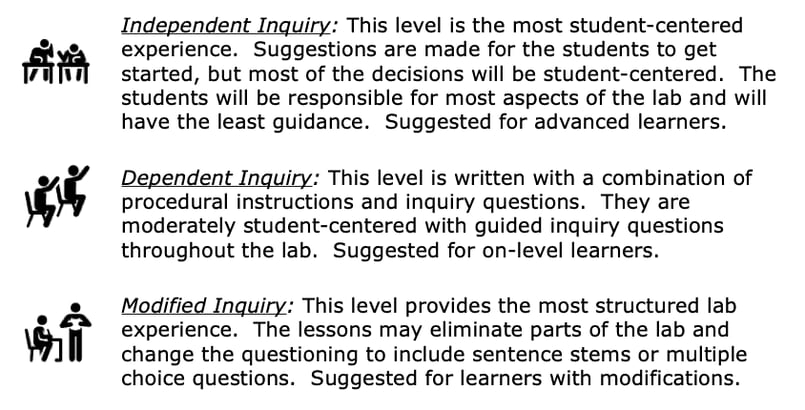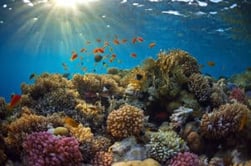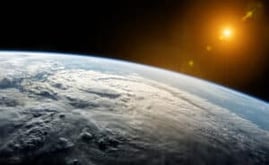Mineral Distribution Inquiry Lab
Middle School Inquiry Lab on Mineral Distribution
In this lab students will look at how geological processes determine where specific minerals are found.
Each inquiry lab will contain an essential question that will drive the lesson and make students think. For this lesson, the essential question is:
- Why are certain minerals found in some areas but not in others?
BACKGROUND INFORMATION AND MATERIALS LIST:
Students will begin the lab by reading the essential question and background information. This can be done individually, as lab groups, or as a whole class. If you consider lab groups, you also might include some type of whole class formative checks before digging into the lab.

Materials List:
- Epsom salt
- plastic cups
- hot water
- measuring cups
- internet access
- refrigerator access
PROCEDURE:
This lab spans two class periods and contains three parts students will need to complete. In the first part, students will create their own mineral (salt) crystals. Using a specific amount of Epson salt and hot water, students will create their own crystal creation model. Students are asked to describe what happened in their cups and what geologic process is being modeled.
In the second portion, students will research four types of minerals and how they are formed. Students will use the internet to record how four specific minerals, like kyanite and diamond, are formed.
In the final section, students will use what they know about the formation of the four minerals to study a map to determine the possible location of those minerals across the globe. In their own words, students will have to explain why each location is likely to have that mineral.
CHECK FOR UNDERSTANDING:
At this point in the lab, students will be checked for understanding by answering questions about their findings. Here are a few that come with the lab:
- What are four of the processes that can form minerals?
- Why do some minerals take a long time to form?
CONCLUSION
Students will go back to the essential question and write a CER (Claim, Evidence, Reasoning) to conclude the lab. Once completed, students will reflect back on their learning by answering the following questions:
- What is an example of an extreme geologic process that can cause mineral development? What kind of areas does this occur in?
- In what ways can water help to form a mineral?
MODIFIED AND INDEPENDENT INQUIRY VERSIONS
All of the Kesler Science inquiry labs come with three different modification levels. Each lab is differentiated using the icons below.
STANDARDS ALIGNMENT
NGSS: MS-ESS3-1 – Construct a scientific explanation based on evidence for how the uneven distributions of Earth’s mineral, energy, and groundwater resources are the result of past and current geoscience processes.

Download Over $100 in FREE Resources
For Middle School Science
Simply create a login below and gain immediate access to a selection of our Kesler Science product line worth $100 - for FREE. There's a full version of every product type! You'll also join tens of thousands of middle school science teachers who receive timely tips and strategies straight to their inbox.





